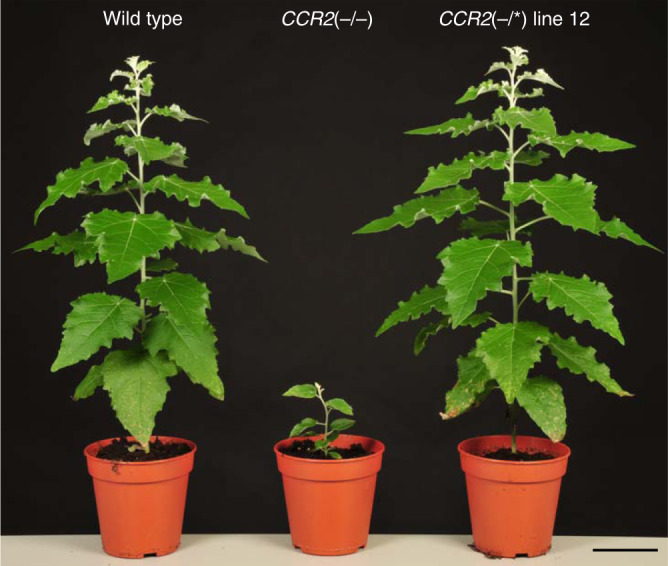Overcoming the yield penalty of lignin-modified plants
Engineering plants for reduced lignin amount or altered structure is often associated with a yield penalty. Several hypotheses have been put forward to explain the molecular basis of the yield penalty. It has been shown that lignin modification often results in a collapse of vessels, which negatively affects water and nutrient transport in the plant. We have shown that the lignin reduction in cse and ccr mutants results in smaller plants, and that restoring lignin in the xylem vessels restores growth (Vargas et al., 2016; De Meester et al., 2018; 2021). Another strategy to avoid growth phenotypes is to engineer weak alleles that subtly reduce enzyme activity, as we have demonstrated by engineering the combination of a null and a haploinsufficient CCR2 allele by CRISPR/Cas9 in poplar (De Meester et al., 2020)
